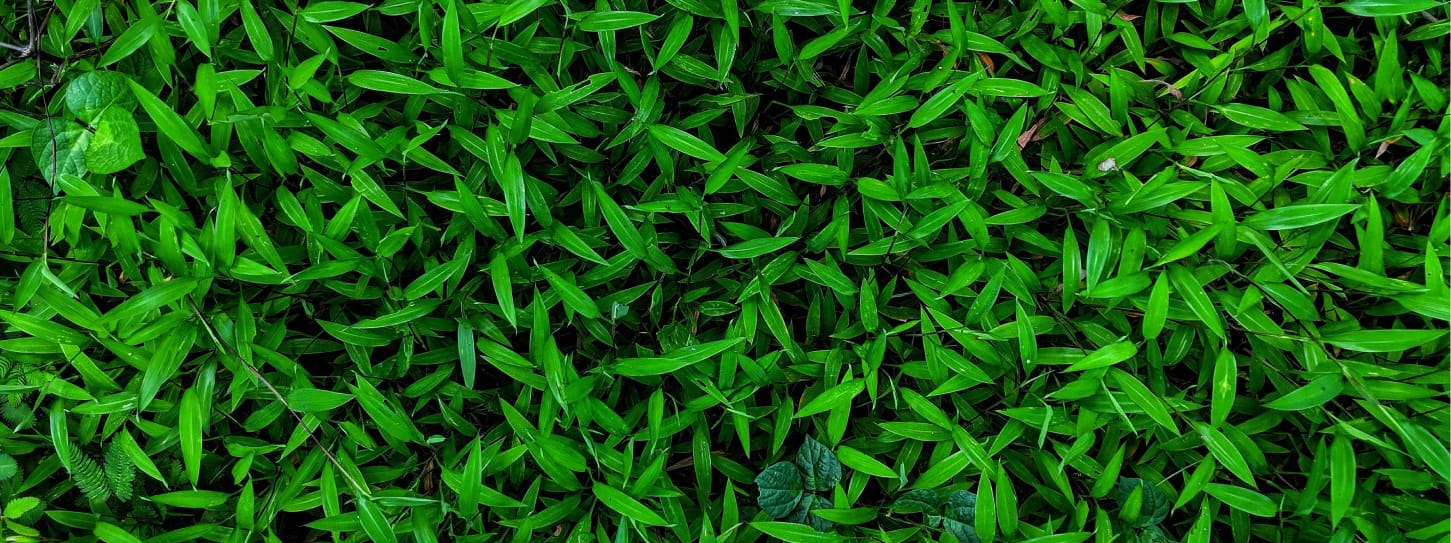Achieving a verdant lawn in the shadowed corners of your garden is a common challenge for homeowners in Greensboro, NC. While sunlight is a pivotal element for grass growth, certain strategies and shade-tolerant grass varieties can help you foster a healthy lawn even in less illuminated areas. Southern Outdoor Living delves deep into practices that promote thriving lawns under the canopy of trees or beside structures casting shadows.
Understanding Shade Tolerance in Grasses
Not all grasses are created equal when it comes to thriving under shade. Shade-tolerant species such as fine fescue, rye, zoysia, and St. Augustine grass have adapted to perform well with minimal sunlight. These varieties require as little as four hours of filtered sunlight a day, making them ideal candidates for shaded lawns in Greensboro.
Maximizing Light Through Pruning
A simple yet effective method to enhance the growth of grass in shaded areas is by pruning surrounding trees and shrubs. Removing lower branches and thinning out the canopy increases sunlight penetration and air circulation. This not only benefits the grass below but also contributes to the tree’s health by reducing the risk of disease.
The Role of Aeration in Lawn Care
Compacted soil is a common issue in shaded areas, hindering root growth and nutrient uptake. Annual aeration creates small holes in the soil, facilitating easier access to water, air, and fertilizer. Timing is crucial—late spring for warm-season grasses and early fall for cool-season varieties—to align with their natural growth cycles.
Seeding and Overseeding Strategies
Choosing high-quality seeds suitable for shady conditions is paramount. Overseeding each year replenishes areas where grass has thinned, maintaining a dense, robust lawn. Combining top-quality seeds with a thin layer of compost maximizes germination rates and soil health.
Watering and Moisture Management
Shaded lawns often retain moisture longer due to reduced evaporation rates, necessitating a cautious approach to watering. Overwatering can lead to fungal diseases; hence, it’s essential to water only when the soil begins to dry, doing so early in the morning to allow the grass to dry throughout the day.
Mowing Techniques for Shaded Grass
Grass in shaded areas benefits from a slightly higher mowing height, around 3 inches, to increase surface area for photosynthesis. Regularly sharpening mower blades ensures clean cuts, reducing stress on the grass. Alternating mowing paths prevents soil compaction and promotes uniform growth.
Fertilization with Precision
Fertilizing grass in shaded areas requires a lighter touch, as excessive nitrogen can harm the delicate balance needed for shade tolerance. A slow-release, balanced fertilizer applied in spring and fall supports healthy growth without overwhelming the grass.
Combating Common Challenges
Dealing with slopes, erosion, and moisture imbalance are additional hurdles in shaded lawn care. Integrating ground cover plants, constructing dry creek beds for drainage, and selecting moisture-tolerant grass varieties can mitigate these issues, creating a harmonious, green landscape.
FAQs for Shaded Lawn Care
Q: Can any grass grow in full shade?A: No grass varieties thrive in complete shade, but shade-tolerant species can survive with minimal, indirect light.
Q: How often should I water shaded grass?A: Water as needed, when the soil begins to dry out. Shaded areas require less frequent watering than their sunlit counterparts.
Q: Is mulching beneficial for shaded lawns?A: A thin layer of mulch can help retain moisture and regulate soil temperature, but avoid excessive mulching to prevent fungal growth.
